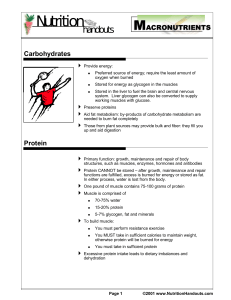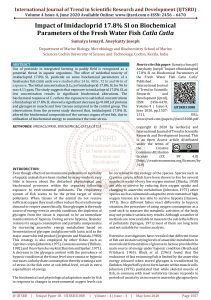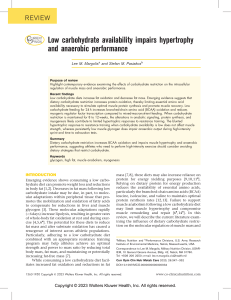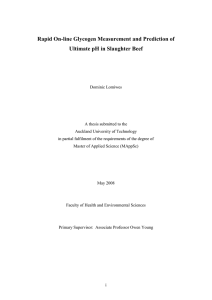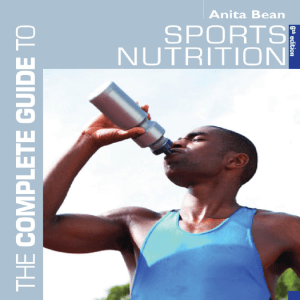include, body to perform physical activity without undue stress and the...
advertisement
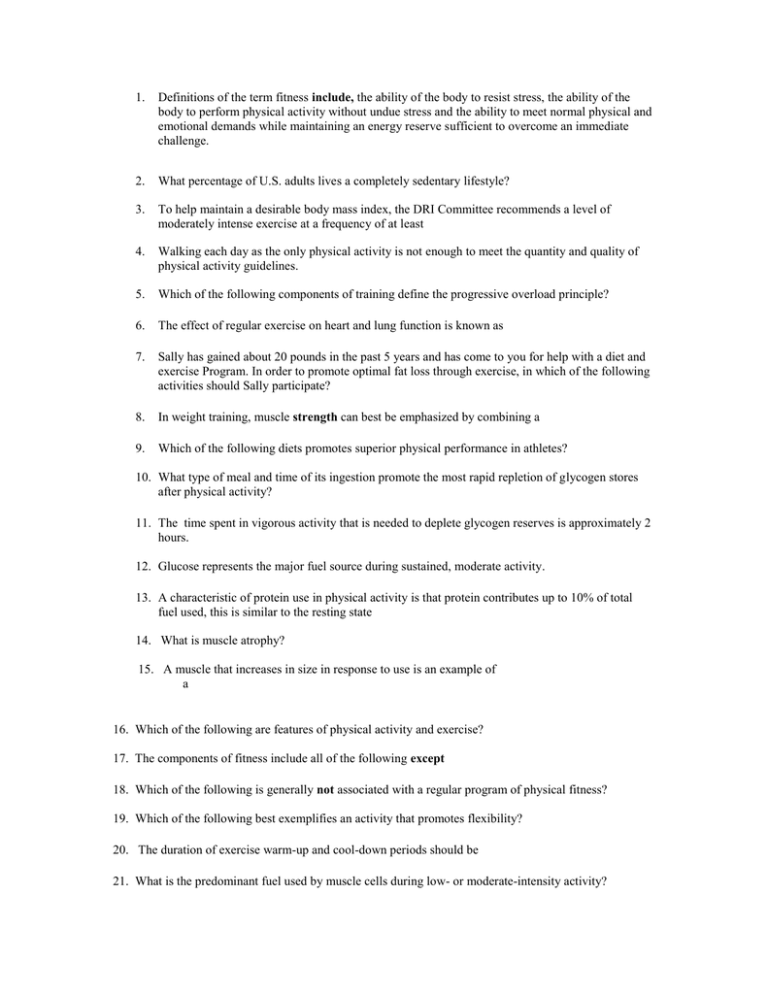
1. Definitions of the term fitness include, the ability of the body to resist stress, the ability of the body to perform physical activity without undue stress and the ability to meet normal physical and emotional demands while maintaining an energy reserve sufficient to overcome an immediate challenge. 2. What percentage of U.S. adults lives a completely sedentary lifestyle? 3. To help maintain a desirable body mass index, the DRI Committee recommends a level of moderately intense exercise at a frequency of at least 4. Walking each day as the only physical activity is not enough to meet the quantity and quality of physical activity guidelines. 5. Which of the following components of training define the progressive overload principle? 6. The effect of regular exercise on heart and lung function is known as 7. Sally has gained about 20 pounds in the past 5 years and has come to you for help with a diet and exercise Program. In order to promote optimal fat loss through exercise, in which of the following activities should Sally participate? 8. In weight training, muscle strength can best be emphasized by combining a 9. Which of the following diets promotes superior physical performance in athletes? 10. What type of meal and time of its ingestion promote the most rapid repletion of glycogen stores after physical activity? 11. The time spent in vigorous activity that is needed to deplete glycogen reserves is approximately 2 hours. 12. Glucose represents the major fuel source during sustained, moderate activity. 13. A characteristic of protein use in physical activity is that protein contributes up to 10% of total fuel used, this is similar to the resting state 14. What is muscle atrophy? 15. A muscle that increases in size in response to use is an example of a 16. Which of the following are features of physical activity and exercise? 17. The components of fitness include all of the following except 18. Which of the following is generally not associated with a regular program of physical fitness? 19. Which of the following best exemplifies an activity that promotes flexibility? 20. The duration of exercise warm-up and cool-down periods should be 21. What is the predominant fuel used by muscle cells during low- or moderate-intensity activity? 22. If muscle work is anaerobic, which of the following cannot serve as fuel? 23. Which of the following activities depletes glycogen most quickly? 24. A tissue deprived of an oxygen supply during exercise would develop an accumulation of 25. In weight training, muscle endurance can best be emphasized by combining a 26. When a marathon runner experiences the phenomenon known as “hitting the wall,” what nutrient is most likely depleted? 27. After a bout of strenuous training a characteristic of glycogen synthesis is that glycogen repletion is enhanced most by eating foods with a high glycemic index. 28. Athletes who consume a high-fat, low-carbohydrate diet for even one day are at risk for depleting their glycogen reserves quickly during physical activity. 29. For optimal performance of endurance athletes, sports nutritionists recommend approximately 35-45% of the total dietary energy intake as fat energy. 30. During a physical activity, the hormone Epinephrine signals the fat cells to begin releasing their fatty acids. 31. In the immediate postexercise period, the diet that enhances muscle protein synthesis is carbohydrate plus protein. 32. Diets lacking in carbohydrates lead to increased amino acid utilization for fuel in physical activity. 33. Except perhaps for iron and vitamin E, supplements are not recommended because there is no difference in the RDA of physically active people compared with sedentary people. 34. What nutrient becomes depleted most rapidly during physical exercise? 35. Physical performance is noticeably affected when body water loss first reaches 36. The first sign of dehydration is typically 37. A person engaged in physically active work in hot, humid weather and who wears a rubber suit to promote weight loss is at high risk of experiencing.

